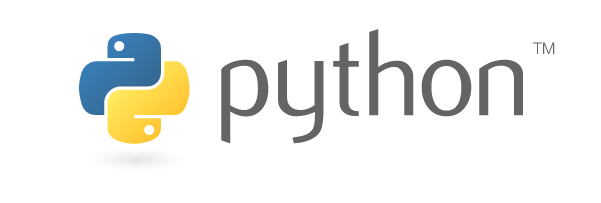The Noise Pollution data model and the AirQualityForecast have been published on the Environment subject. The first one merges specific and punctual noise measurements (coming, e.g. from NoiseLevelObservation entities) into average parameters referred to city areas, providing more city-related data about noise pollution status and evolution. The second one helps to store the forecast about the quality of air for a specific period.
Category: Smart Environment domain
Help to early contributors
If have approached the Smart Data Models Program (SDM) for the first time and you want to become a contributor there are some technical concepts that you need to know about the elements compiled at SDM.
Once checked this presentation maybe you want to review the contribution manual
updated 3 data models in environment subject
The data models AirQualityMonitoring, AirQualityObserved, and NoiseLevelObserved have been extended with additional attributes. These data models have been tested in three use cases in the cities/regions of Murcia / Molina de Segura, (Spain), Nice Cote D’azur (France), and Flanders (Belgium).
Soon other data models will be released thanks to this collaboration.
New Structure of the main menu
After growing in options and service, it was necessary to update the main menu (not only to make it more legible), but also to make it more natural.
Explore the tools section where all the available services are listed together
Documentation contains everything related to the documentation generated at the SDM and that can be necessary for several tasks
About include mostly the same elements (the starting point and FAQs)
Search remains the same because is one of the most used resources
Community for the interconnection between users and contributors.
New data model request to learn how to start
Mapping with core public service vocabulary URI available
Every data model in the Smart Data Models program can be mapped with external ontologies and there is a service on the main menu to achieve that.
See main menu -> @context -> generate an external @context
After the publication of data models of CPSV-AP now it is possible to map with their URI thanks to the mapping file.

Draft your data model from a csv payload (test)
There is a new service for the creation of schema of a data model when the input is a csv payload.
It is available in the home -> Draft a data model -> Create a data model from csv payload
If you detect any issue or you want to make a suggestion, please send it to info@smartdatamodels.org
test it here
Extended the stats of the program
If you want to access a slide with the main parameters for the Smart Data Models Program you can access it through the Main menu -> About -> Statistics
Besides of the parameters updated every hour some slides containing the last parameters o the community like the # of terms, the linked pages, etc.
This is the new content added
Monday meetings are monthly now
We used to have a weekly meeting on Mondays. But this was not very flexible for the actual users. So we have done two things
- Change the meeting from weekly to monthly (and the content of the meeting will be to report but to provide support)
- Enable a new service for allocation of a specific slot of support. You can book your own 30 minutes support slot.
Let’s enjoy ourselves.
Live support more flexible
We are going to replace the live support session on Mondays by a more flexible calendar service where you can book a 30 min slot for getting support on your data model design or use.

Always available in the upper part of the page.
Data Model of the day
In our Twitter account @smartdatamodels now it will be twit twice a day (9:00 and 15:00) a link with the chosen data model of the day. Follow
Enjoy!!








